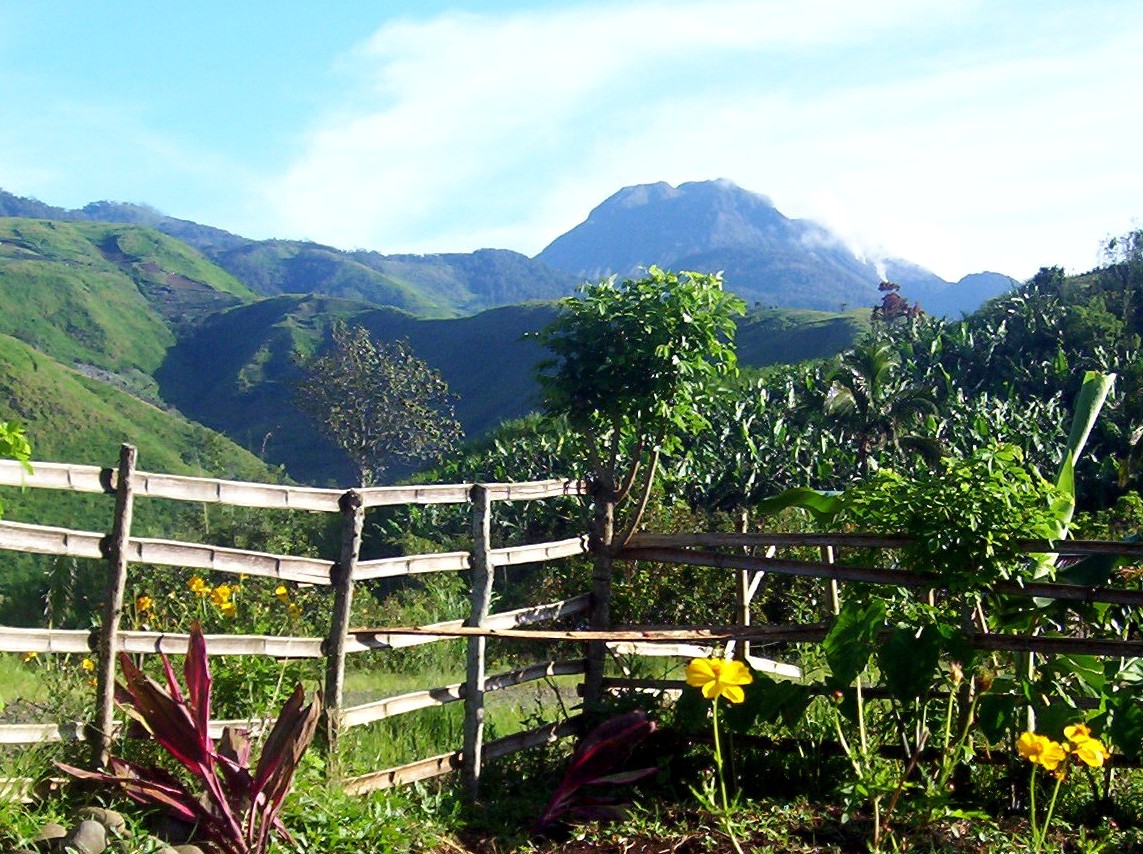Text and Photos by Henrylito D. Tacio
“Despite political instability and some weak areas of the economy, the Philippines remains attractive – and a bargain – as a tourist destination.” That was what All-Asia Travel Guide, published by the Far Eastern Economic Review, said of our country in 1995.
The guide further stated: “The country’s assets include its round-the-year warm climate, comparatively low prices, breathtaking natural scenery and its people’s hospitality, which remains charming, if tinged with hopes of financial gain.”
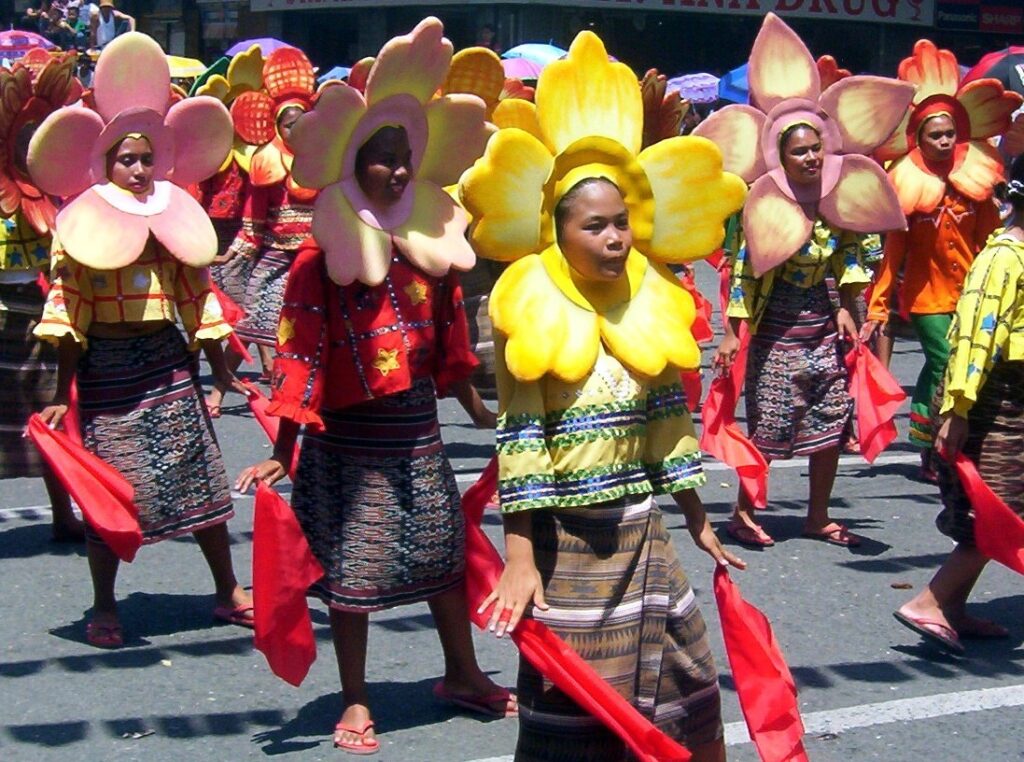
The Philippines is known as “the only Christian country in Asia.” It is also touted to be “the Pearl of the Orient Seas” (although Japanese also use that phrase to describe their own country). Ferdinand Magellan rediscovered it on March 16, 1521. Why rediscovered? Because before the Portuguese explorer came, the country already had its own civilization. The inhabitants were already trading with other Asian nationalities such as China, India, Japan, and the Malay Archipelago.
Magellan named the country Philippines in honor of King Philip II of Spain. Another explorer, Ruy Lopez de Villalobos, used the name Las Islas Filipinas (The Philippine Islands) to honor the Prince of Asturias. In 1896, the country was ceded by Spain to the United States for US$20 million. On July 4, 1946, independence was proclaimed in accordance with an act passed by the US Congress in 1934.
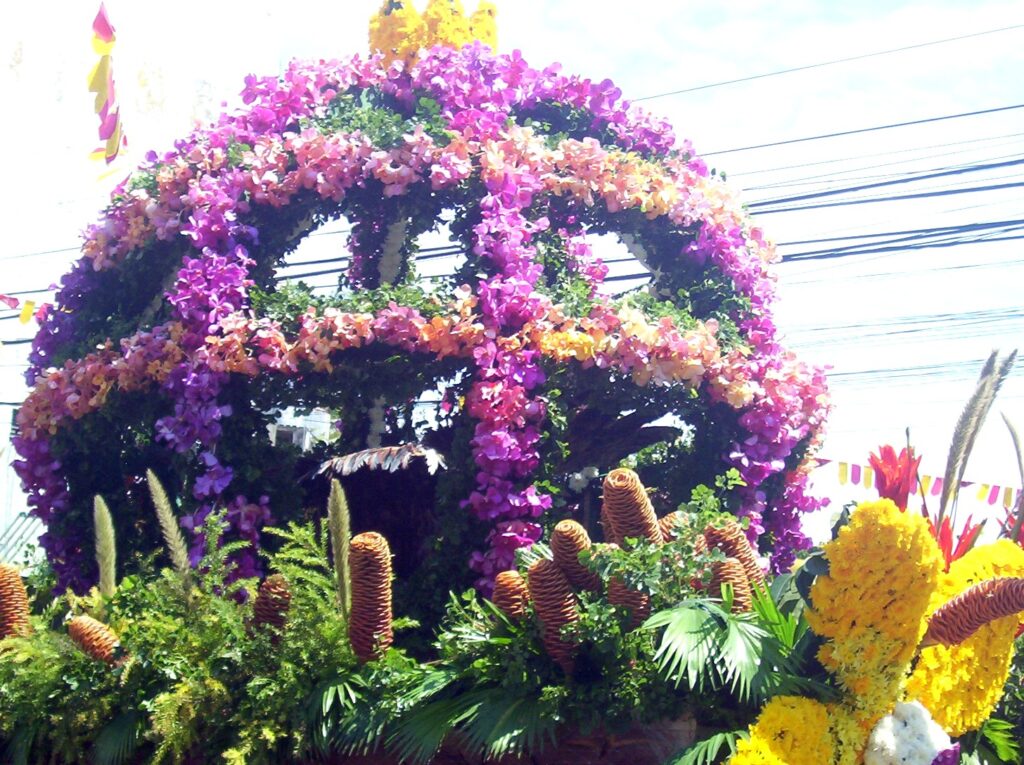
So much for history!
“But where in the world is the Philippines located?” some foreigners asked me whenever I mentioned that I am from the Philippines. “What is your country noted for?” they added.
There are so many things this country is known for. Let me count the ways…
The phrase “Life is a beach” must have been created for Filipinos. With a coastline of 26,289 kilometers (almost twice that of the United States), the Philippines has the third-longest combined coastlines on the planet (after Canada and Indonesia). From the stormy seas of Batanes to the emerald isles of Palawan, life’s truly a beach over here. Boracay in Panay Island is known globally as having one of the world’s finest beach resorts.
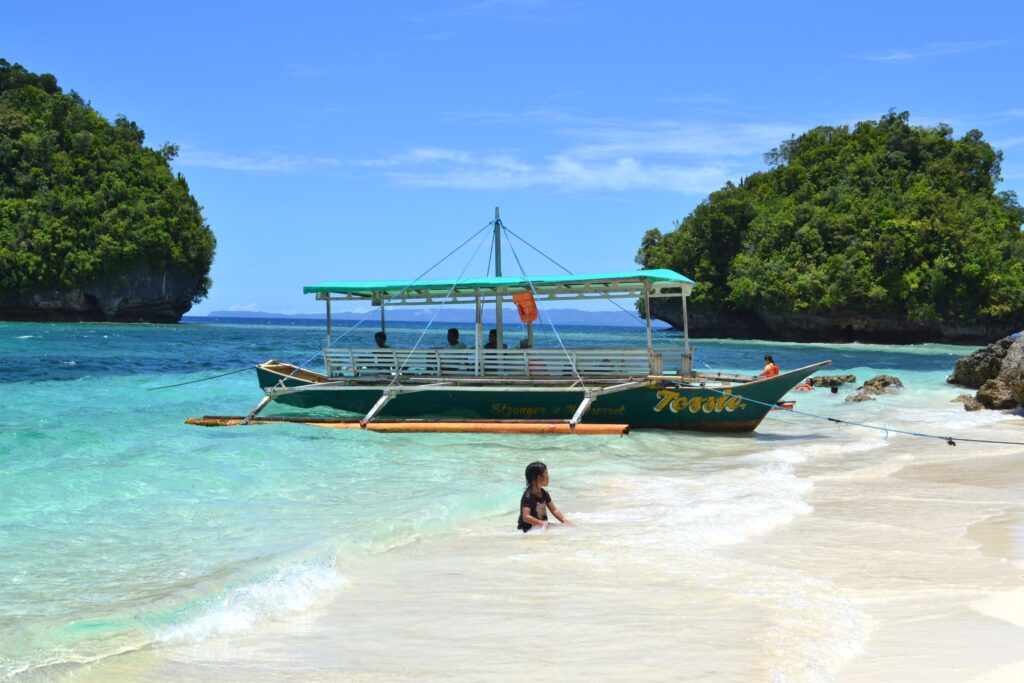
Siargao’s Cloud Nine in Mindanao is said to be among the best-surfing sites in the world. American surf photographer John Callahan discovered the remarkable waves of the island in 1993.
The Philippine Deep or the Mindanao Trench is the world’s second deepest spot underwater, as it is about 34,440 feet (10,497 meters) below sea level. Marianas Trench (11,000 meters below sea level) holds the record.
The Tubbataha Reefs in the Sulu Sea is considered the world’s richest “bio-geographic area.” The marine park declared as such in 1988, covers 33,200 hectares and contains what is believed to be the world’s largest grouping of marine life per unit area.
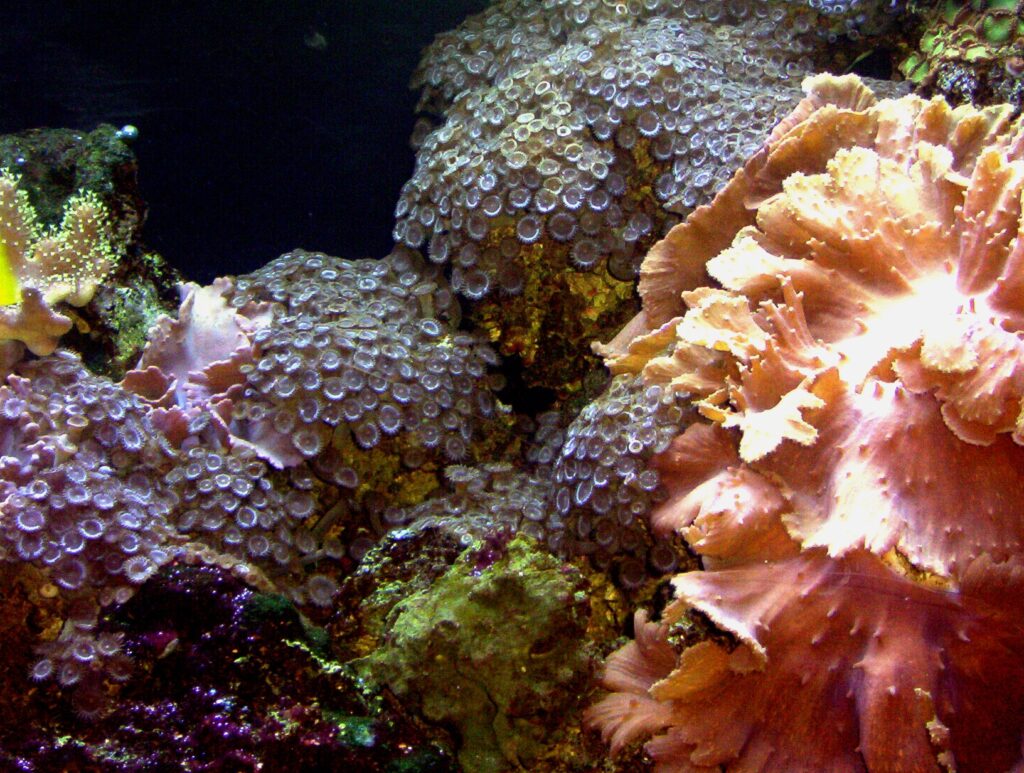
The navigable part of the river inside the cave of the 4000-acre St. Paul Subterranean River stretches 8.2 kilometers in length. This pride of Palawan is among the world’s longest underground rivers. (Palawan is also noted for its towering limestone cliffs found in El Nido.)
Our waters are home to the world’s smallest fish. The dwarf goby (Pandaka pygmaea) measures 1.2 centimeters or less than half an inch, the tiniest known vertebrate. However, the world’s smallest commercial fish is “sinarapan” (Mistichthys luzonensis); it grows to an average length of 1.25 centimeters. At P4,000 per kilogram, “ludong” (Cestraeus plicatilis) is the country’s most expensive fish.
Touted to be the “Eight Wonder of the World,” the rice terraces of Banaue – otherwise known as the “stairways to the sky” – is about 13,500 miles long, or about half the globe’s circumference and ten times the length of the Great Wall of China.
The eruption of Mount Pinatubo created a worldwide phenomenon. But the country is actually known for Mayon Volcano in Albay, which cone has been considered nearly perfect. Taalas Volcano, which is said to be the world’s smallest volcano, is described as “an island within an island, a volcano within a volcano.”
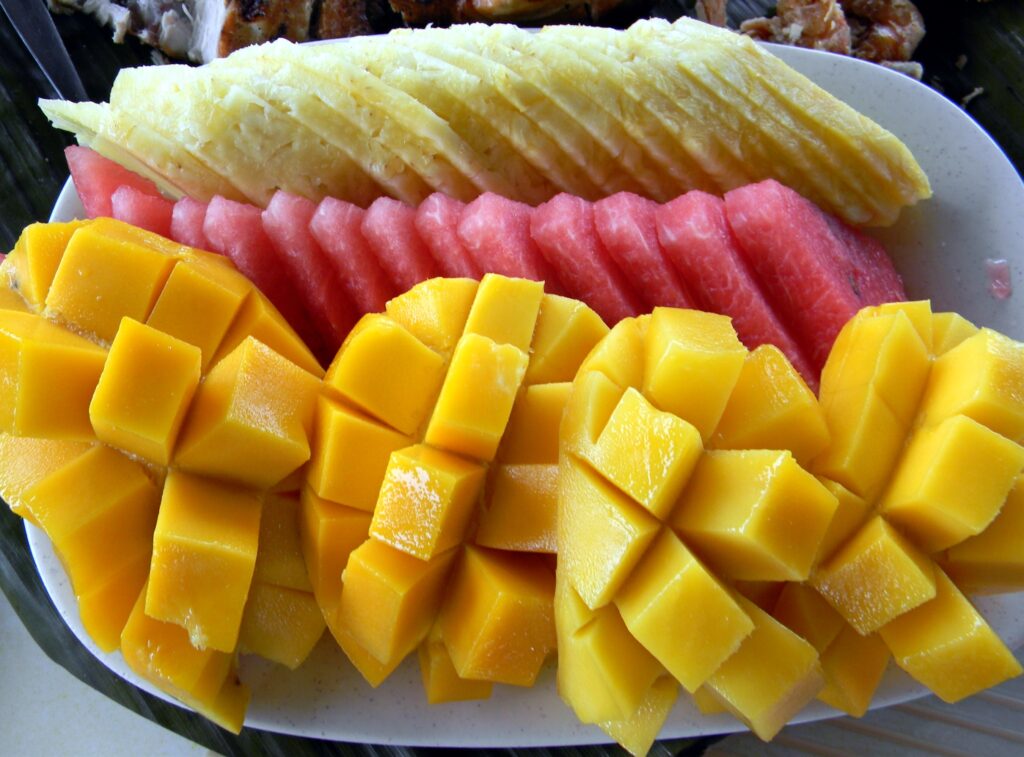
Filipinos love to eat mangoes, whether green or ripe. The Guinness Book of World Records listed the Philippine mango as “the sweetest fruit in the world.” Filipinos also devour durian, that fruit that emits “a smell like hell” but has “a taste like heaven.” Other tropical fruits you can find in the country include banana (which we export worldwide), mangosteen, marang, papaya, melon, guava, pomelo, caimito, chico, and santol.
Flowers abound, too. But the most captivating is an orchid called waling-waling. Named in “allusion to a moth in flight,” it was discovered on Mindanao in 1882. It used to grow on tree trunks in the rainforests of Davao, Sultan Kudarat, and other parts of the island. It is touted as the queen of Philippine flowers and is worshipped as diwata (fairy) by the native Bagobos.
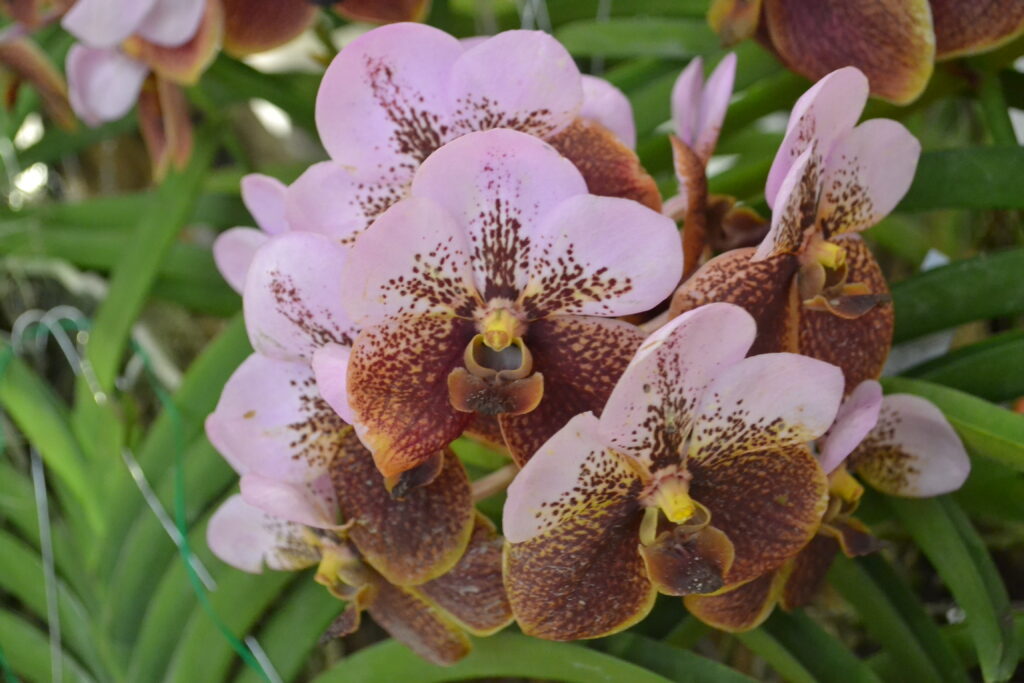
During birthdays, weddings, baptismal, and other special occasions and events, you may find these various delicacies: bibingka, binignit, sapin-sapin, lumpia, maja blanca, kutsinta, puto, pichi-pichi, galapong, biko, bukayo, and suman.
Filipinos are noted for their weird if not outrageous foods like balut (once featured in the TV reality show Fear Factor), kinilaw, patis, and bagoong. But foreigners love to eat the delicious chicken adobo and the crispy lechon. Yes, we also love pansit, lumen, sinigang, luglug, and dinuguan.
Now, let me tell you something about our national pride. Our national bird, the Philippine Eagle, is now one of the most endangered birds on the planet. Sampaguita, which is of jasmine variety, was adopted as our national flower in 1934.
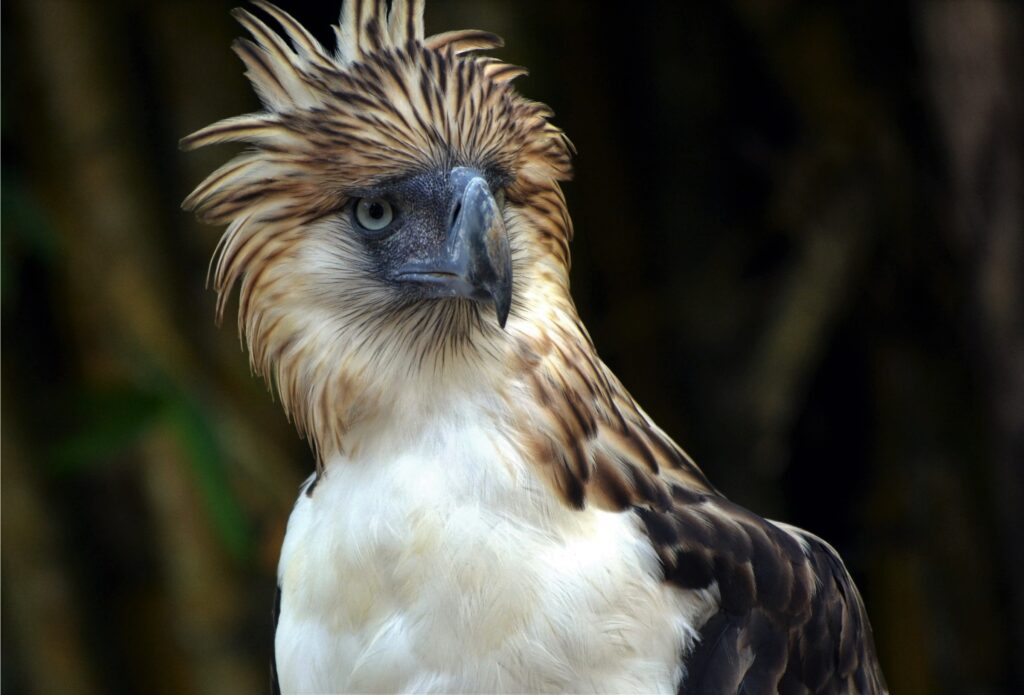
The reason why narra was chosen as our national tree was because they are most abundant in Bicol, Mindanao, and the Cagayan Valley forests. Bangus, our national fish, is a slim, very agile fish in the water, has a silvery gray dorsal area and white ventral area that looks like milk (which is why it is also called milkfish).
Our original ancestral home, and still the home of Filipinos in rural areas, is the bahay kubo (or nipa hut). The pre-Hispanic architecture was perfectly adapted to the climate and could be easily repaired or rebuilt after the frequent typhoon, flood, or earthquake using simple tools and native materials.

